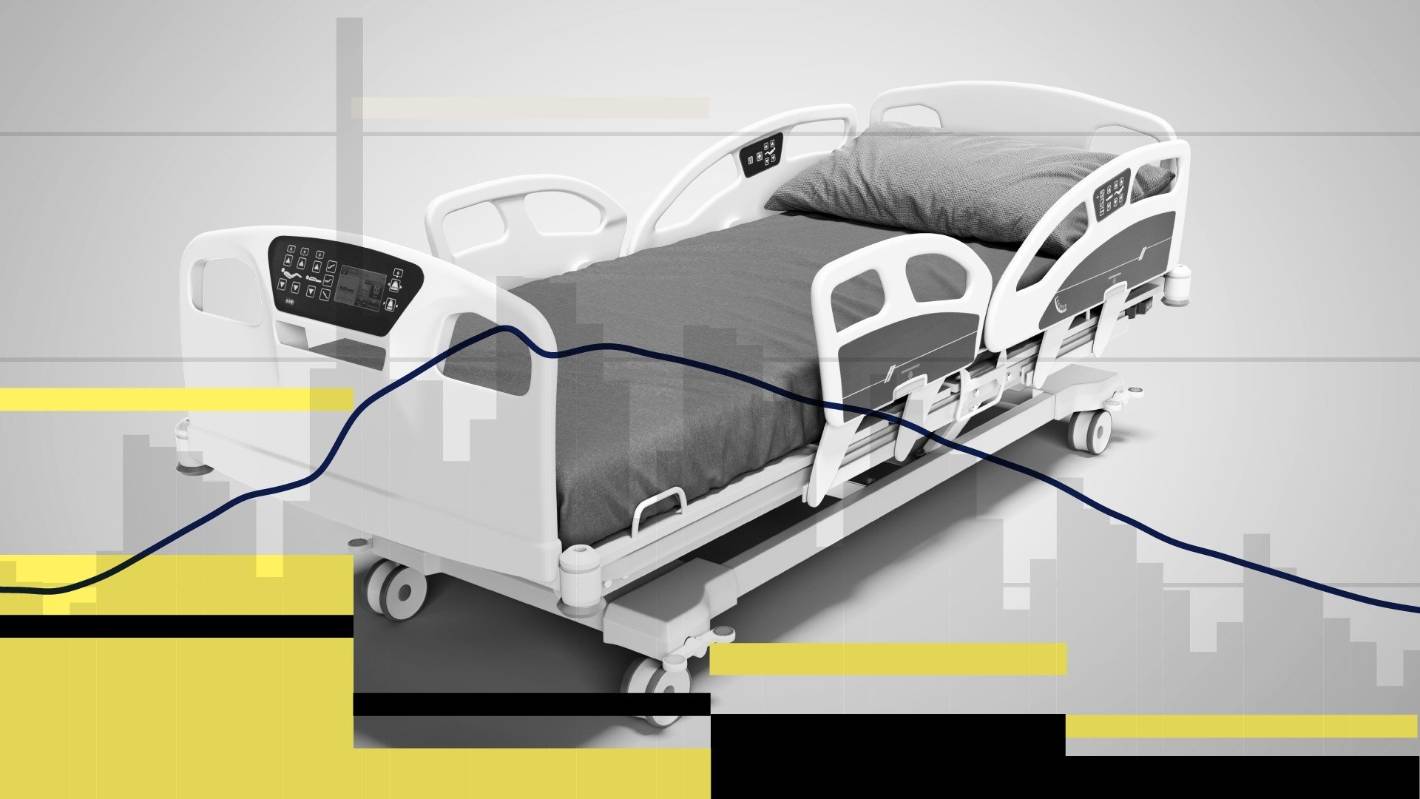Ella Bates-Hermans/Stuff
Despite winter now being over, Whangārei Hospital has remained under intense pressure, a union delegate says. (File photo)
Whangārei Hospital is “dangerously” understaffed, a nurse says, with the facility under intense pressure despite winter being over.
The hospital’s current nursing roster has 214 gaps, totalling 1200 hours. That’s up from the shortages in the August roster, when there were 140 gaps.
New Zealand Nurses Organisation delegate and Whangārei Hospital nurse Rachel Thorn said staffing problems did not start with winter and would not end with winter.
“It’s just as dangerous, if not more dangerous, than it was a month ago.”
READ MORE:
* Northland DHB prepares field hospital, braces for influx of Covid-19 patients
* Health minister’s political sleight of hand obscures Omicron readiness
* Hawke’s Bay DHB calls for volunteers following nurses strike announcement
Thorn said nurses had been working under a “code black” alert – meaning the situation was considered critical – and beds were being closed on a regular basis.
“I would definitely say public safety is being affected – it’s definitely more unsafe in the hospital than it should be,” she said.
STUFF
One of New Zealand’s most under-pressure hospitals, Whangārei, believes it is past the worst of winter.
“It’s very demoralising and stressing knowing we are going to be short-staffed the whole month.”
Thorn said resignations had also impacted staffing levels, with some senior nurses leaving for better working conditions, often to Australia.
“We have more junior nurses than senior nurses now, which does increase the risk of medical errors.”
Te Whatu Ora Te Tai Tokerau chief nurse, Maree Sheard said Whangarei Hospital’s nursing turnover rate was 8.4%.
Between June 2020 and June 2022, the average turnover rate was 10.72%, varying between 8% and 14%, she said.
Roster gaps were not an indication of whether a ward or department was “staffed according to need” on a particular shift – instead they provided an indication of when a response plan was needed, she said.
Stuff
This week, nurses around the country will turn down all extra shifts in a strike action. (File photo)
The response plan involved “a range of actions that can be taken to fill in gaps in rosters”, she said.
“There is an international shortage of nurses, which New Zealand is also experiencing.”
Te Whatu Ora Te Tai Tokerau was actively recruiting nurses but more were still needed across a range of areas, she said.
A total of 151 nurses were recruited in Whangārei between January 1 and now, she said.
“Naturally we are concerned that, at times, staff feel unsafe, which is why we ask part-time nurses to help by picking up extra shifts.”
Danica MacLean/Stuff
Thorn says nurses have been working under a code black and beds are being closed on a regular basis. (File photo)
Sheard said pressures were expected to ease and the need for extra hours worked to decrease as Covid and winter illness dropped.
But Thorn said the situation was expected to get worse before it got better, as winter bonus payments of $100 a shift had ended on Friday.
This week, nurses around the country will turn down all extra shifts in a strike action.
Te Whatu Ora – Health New Zealand said there would always be a need for additional shifts to be worked.
“Winter payments were an extraordinary step in response to an extraordinary situation, namely excessive staff shortages due to Covid-19 illnesses.
“We are pleased to see the need for additional hours is reducing as Covid-19 and flu infections drop, however we acknowledge there are some areas in the country where there are workforce pressures.”




